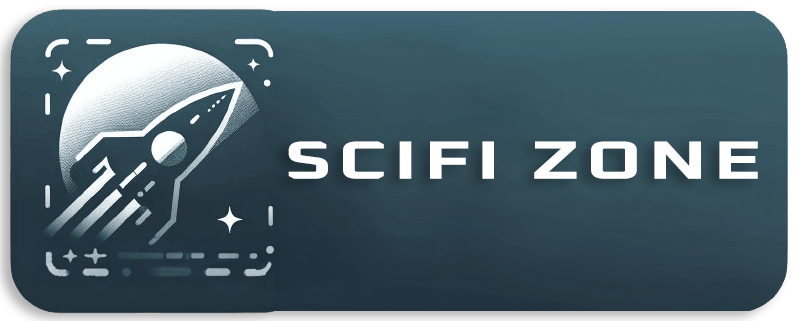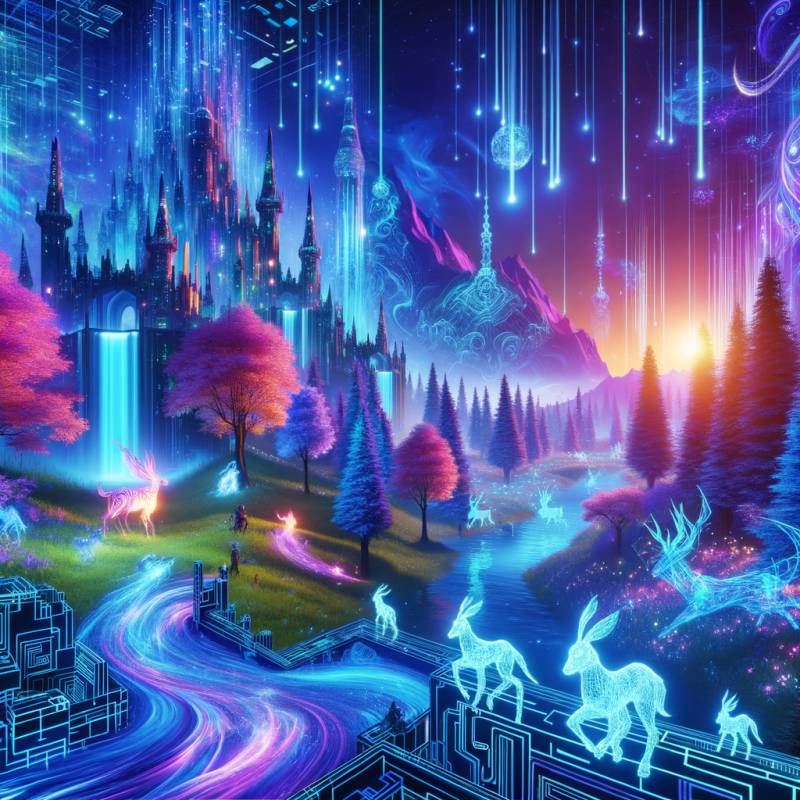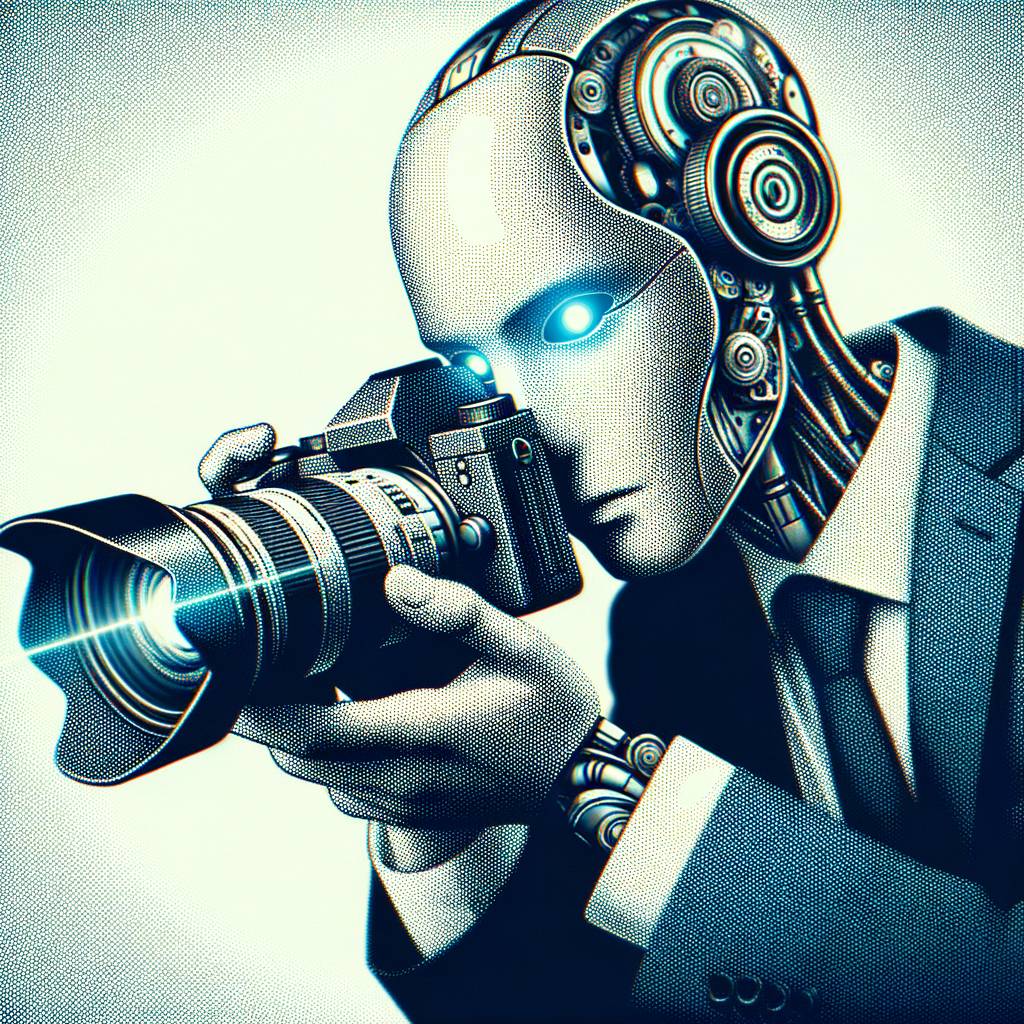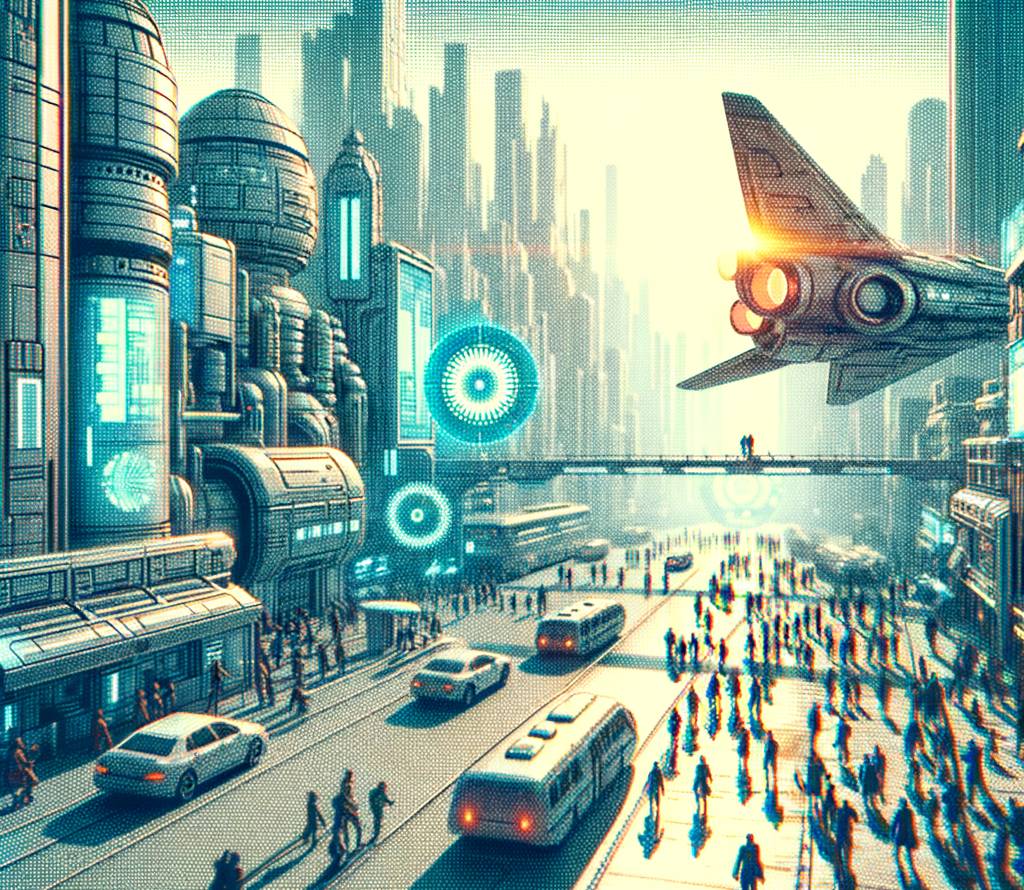Virtual Reality Worlds: Inspired by Ready Player One
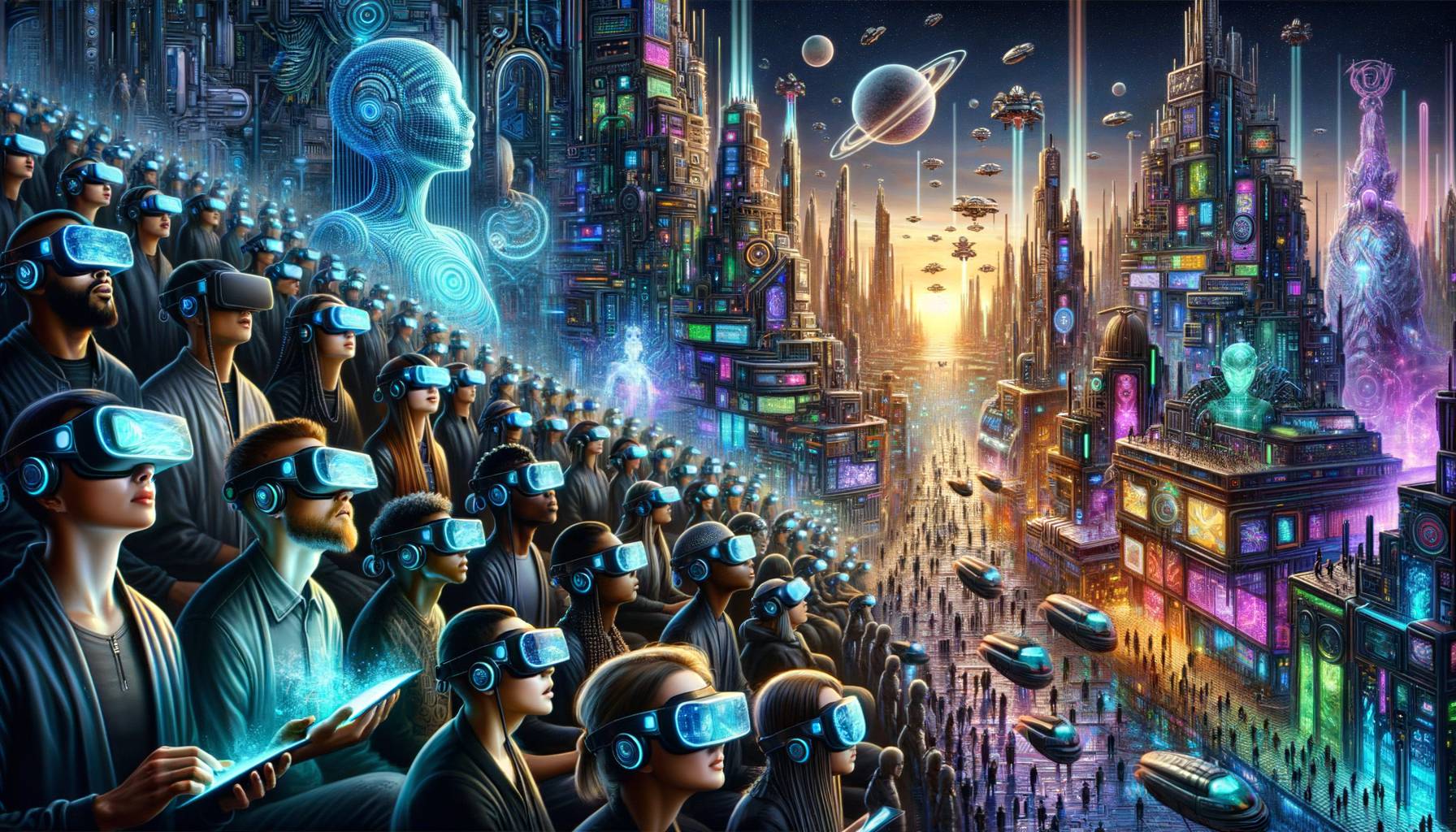
Virtual reality (VR) has been a hot topic in the tech world for several years now, but it was the release of Ernest Cline’s novel, Ready Player One, and its subsequent film adaptation that truly brought the concept of VR worlds into the mainstream. This article will explore how the vision of VR presented in Ready Player One has inspired real-world developments in the field.
The OASIS: A Vision of VR’s Potential
In Ready Player One, the OASIS is a vast, immersive virtual universe where people can be whoever they want to be and do whatever they want to do. It’s a place where the physical limitations of the real world don’t apply, and it’s this vision of limitless potential that has inspired many in the VR industry.
As Rikard Steiber, former President of Viveport at HTC Vive, said in an interview, “Ready Player One shows us a future where VR is no longer about gaming, but about living your life.”1
Real-World VR Developments Inspired by Ready Player One
While we’re still a long way from having a fully immersive VR universe like the OASIS, there have been several significant developments in the field that have been directly inspired by Ready Player One.
1. Social VR Platforms
One of the key aspects of the OASIS is its function as a social platform, where users can interact with each other in a virtual space. This has led to the development of social VR platforms like VRChat and Rec Room, which allow users to create their own avatars and interact with others in a variety of virtual environments.2
2. Full-Body VR Suits
In Ready Player One, characters use full-body VR suits to fully immerse themselves in the OASIS. This has inspired companies like Teslasuit and HaptX to develop full-body haptic suits that provide tactile feedback, allowing users to feel virtual environments in a way that wasn’t previously possible.3
3. VR Education
The OASIS also serves as a platform for education in Ready Player One, with entire planets dedicated to schooling. This has led to increased interest in using VR for educational purposes, with companies like Unimersiv and Labster developing VR educational experiences that allow students to learn in immersive, interactive environments.4
Conclusion: The Future of VR
While we’re still a long way from the fully immersive VR universe depicted in Ready Player One, the novel and film have undoubtedly had a significant impact on the development of VR technology. As we continue to push the boundaries of what’s possible with VR, it’s exciting to think about how much closer we might get to realizing the vision of the OASIS in the coming years.
As Ernest Cline himself said, “I’m not trying to predict the future, I’m trying to prevent it.”5 But in doing so, he may have inspired a future where VR is an integral part of our daily lives.
Footnotes:
- 1. Rikard Steiber, interview with VR World, 2018.
- 2. “The Social Side of Virtual Reality”, VR World, 2019.
- 3. “The Future of Haptic Feedback”, TechCrunch, 2020.
- 4. “Virtual Reality in Education: The Future of Learning”, EdTech Magazine, 2021.
- 5. Ernest Cline, interview with The Verge, 2018.
